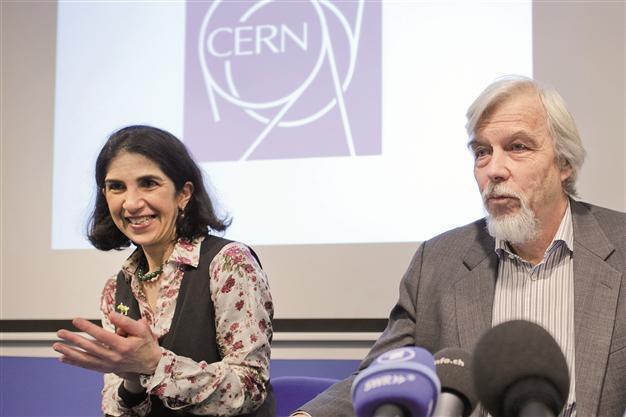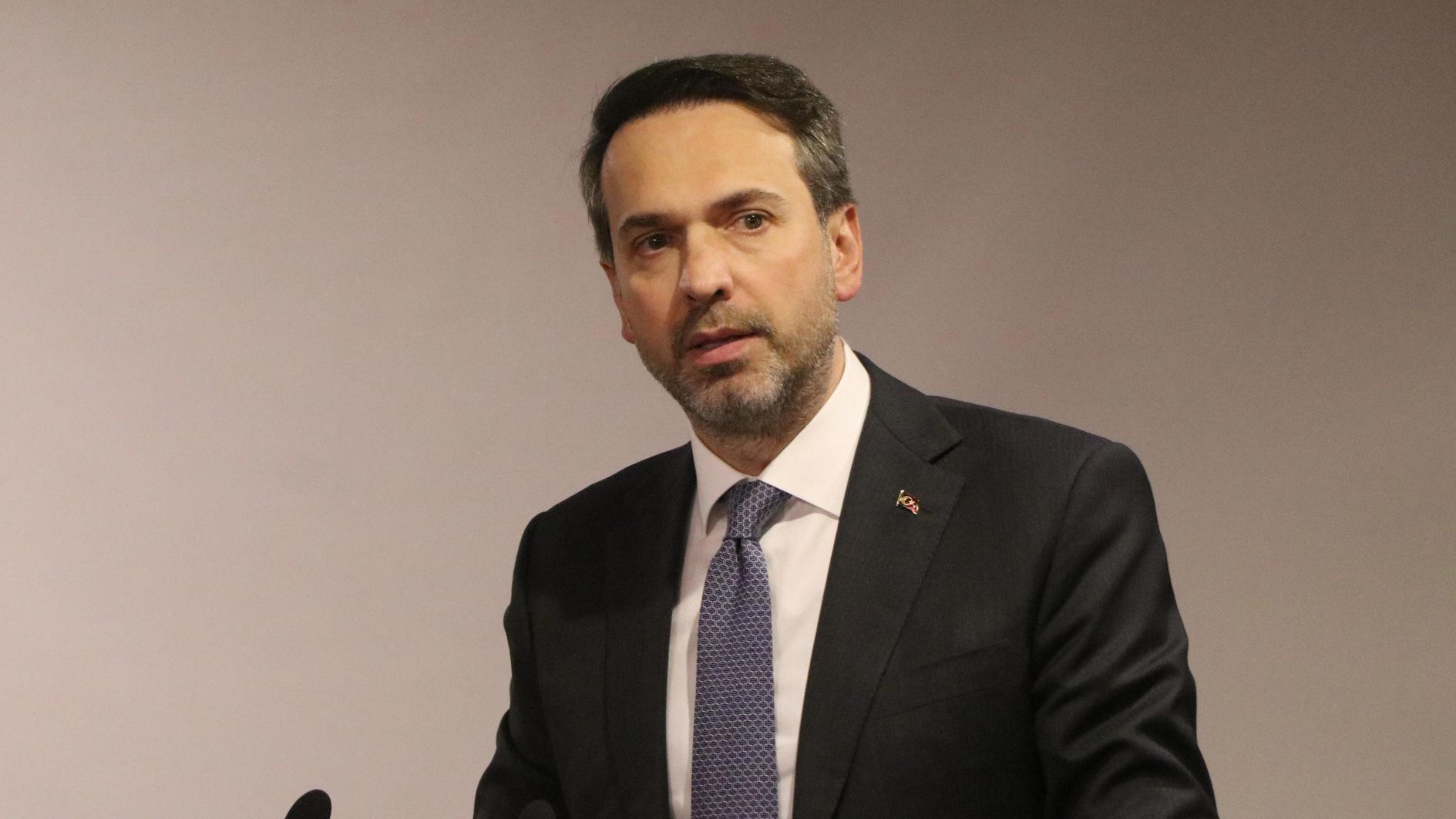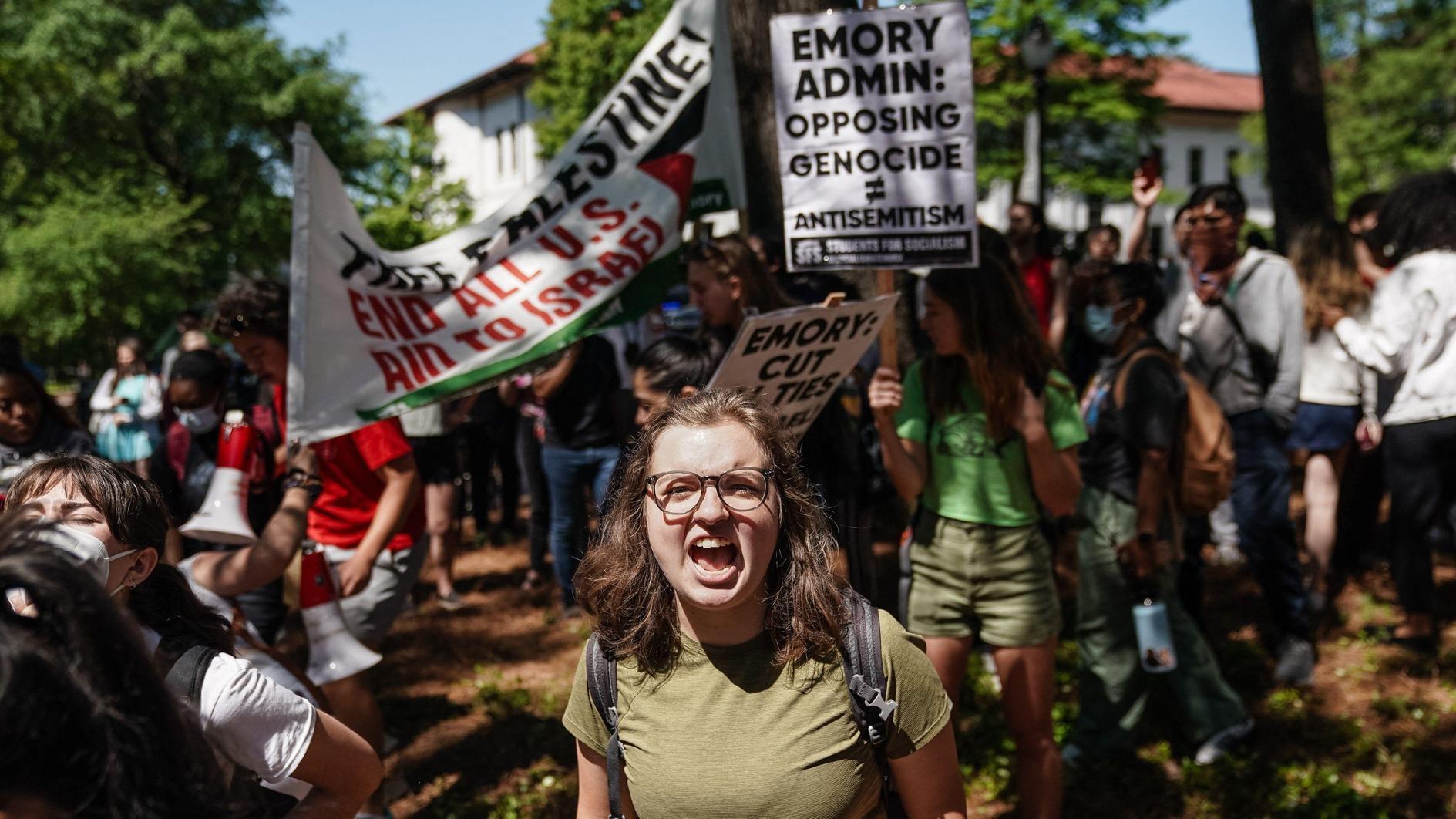Italian to become first woman head of CERN physics center
GENEVA - Agence France Presse

A file photo taken on Dec. 13, 2011 shows the then-spokesperson for the ATLAS experience Fabiola Gianotti (L) giving a press conference with the director-general of the European Organization for Nuclear Research (CERN), Rolf-Dieter Heuer, at the CERN in Geneva. AFP PHOTO / FABRICE COFFRINI
Italian physicist Fabiola Gianotti was chosen on Nov. 4 to head the CERN particle physics research centre that houses the giant LHC “Big Bang” machine, making her the first woman nominated to lead a top global scientific institution in the field.Gianotti, who won world attention in 2012 for her leadership role in CERN’s discovery of the long-sought “Higgs boson,” will take up the post in January 2016 as scientists there look to new findings on the origin and make-up of the universe.
Her appointment was decided at a meeting of the center’s ruling council, made up of representatives of its 20 member states, a CERN announcement said. It remains to be formalised at a further meeting in December.
Gianotti, 52 and a researcher at CERN near Geneva since she joined it with a doctorate from the University of Milan in 1987, will replace Rolf Heuer, who steered the center through the initially-troubled launch of the Large Hadron Collider.
The machine was primarily built to find the Higgs, a theoretical particle and related energy field which was thought to have made formation of the physical universe possible by converting matter into mass.
Gianotti, an accomplished pianist who once considered devoting her life to music, said she was honored to be named to head the sprawling institute , which links some 10,000 scientists on site and around the globe, along the Franco-Swiss border outside Geneva.
“CERN is a center of scientific excellence and a source of pride and inspiration for physicists from all over the world, a cradle for technology and innovation, and a shining concrete example of scientific cooperation and peace,” she said.
















